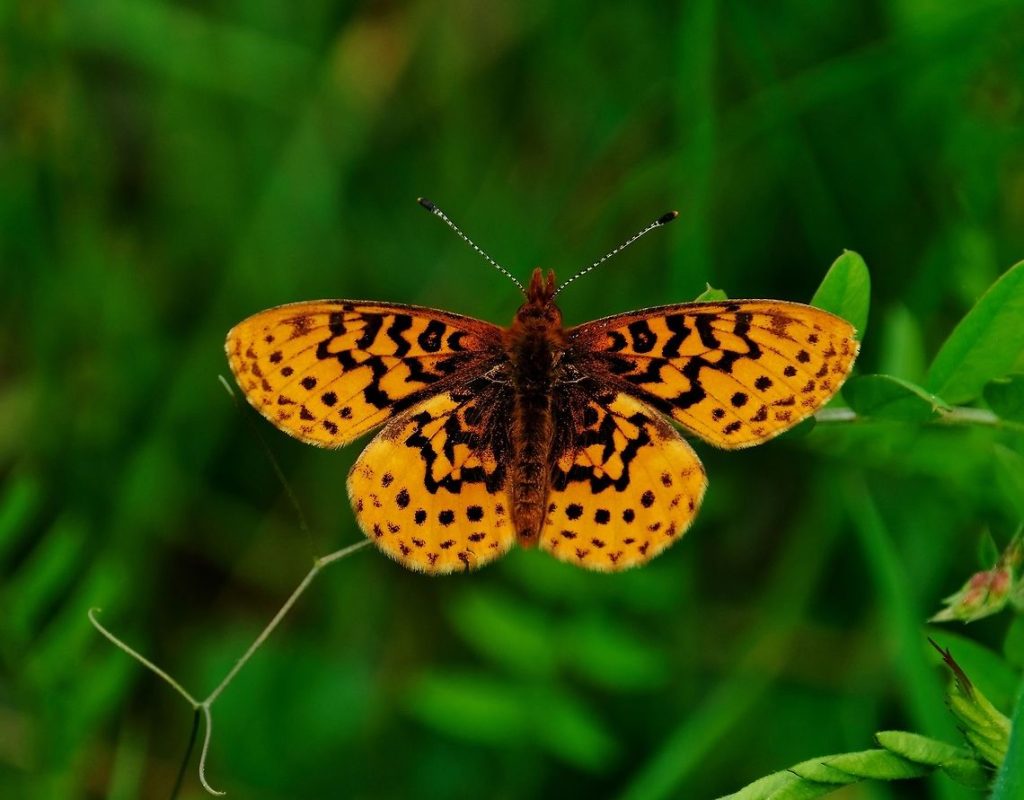The purpose of this study was to educate the public about the negative effects of feeding birds. It is common for people to see birds and want to feed them, although, they do not realize the detrimental effects it has on the birds. Birds are scavengers and if people start feeding them, they become reliant on humans instead of their instincts. This can lead to severe injury and death.
This study was conducted in Massachusetts over a two year time span, from 2011 to 2013. The focus of this study was to monitor people who feed seagulls and gather data. There were eight parking lots surveyed and divided into two categories, educational lots and no educational lots. Educational lots informed people of the dangers of feeding birds and asked them to stop feeding them while non educational lots did not put signs out, nor did they ask the public to stop feeding the birds. Researchers spent about 1200 hours total in these parking lots during the study.
The target species of seagulls was ring- billed gulls or Lorus delawarensis. These seagulls are one of the most common and account for 98 percent of the seagull population. The results showed there were less humans feeding bids in educational lots by about .01 in one monitoring session. The results also showed, that in two monitoring sessions, the amount of seagulls frequenting the educational lot had increased by about .08. This led to the non educational lots being transformed into educational lots. Even after this change, there was no significant difference in the amount of birds seen. There was a decent decrease in the feedings by about .055.
This study showed that humans feeding birds is one of the most common wildlife interactions, about 95% of people feed birds. Unfortunately, because it has been going on for so long, feeding wild birds is not going to stop. The only way to create a safer environment is to educate humans on the effects. This study did a good job of bringing awareness and educating the public about the dangers of feeding wild birds.
Clark, D. E., Whitney, J. J., MacKenzie, K. G., Koenen, K. K. G., & DeStefano, S. (2015). Assessing gull abundance and food availability in urban parking lots. Human – Wildlife Interactions, 9(2), 180-190. https://proxying.lib.ncsu.edu/index.php?url=https://www.proquest.com/scholarly-journals/assessing-gull-abundance-food-availability-urban/docview/1733928388/se-2
